The Wadia Dl122 Digital Audio Decoder will decode files at 24-bit/192kHz has a USB input that accepts up to 32-bit signals and support for DSD64, DSD128, DXD 352.8kHz and DXD 384kHz. It has an onboard headphone amp, a host of outputs and costs a pound under £1500. Dan Worth takes a listen for Hifi Pig.
Wadia have been a big name in digital front end equipment for many years now and for me have always provided products with great styling, flexibility, feature rich options and solid sound performance. So when Absolute Sounds who distribute the world renowned brand here in the UK suggested a review of the new DI122 DAC – predecessor to the 121 which I know very well, I was happy to oblige. 
The unit arrived extremely well packaged with medium density foam completely encasing the unit, with sufficient space for the included power supply and remote control. It’s always nice to open a package that immediately states ‘thoughtfulness’.
The DI122 has an external switch mode power supply of 5v to connect with the unit, so my immediate thought was great, I can try one of my Paul Hynes linear PSUs with the unit and having the PSU outboard of a sensitive digital circuit of course is always a big plus point for me.
Also included is a remote control for the DI122. This remote control is one of the nicest I’ve had the pleasure of using, it’s ergonomic and just so stylish, many manufacturers include these solid billet aluminium remotes with high end gear, but in my experience they are sometimes more style over substance. Often they are too heavy for comfortable use and can have sharp edges as well as being table top scratchers. The Wadia remote though is slim, comfortable, lightweight, well thought out and just so sleek looking.
The main unit of the DI122 package is equally as beautiful; a small form factor, aluminium surrounded, smoked glass lidded and very well made. It sports inputs for coax x2, optical X2 and USB, along with RCA unbalanced outputs and XLR balanced. Triggers in and out to connect to supported units are also featured along with a headphone amp and digital volume control to boot. The Wadia boasts a great platform for multiple system integrations and could be deemed at the heart of any digital setup with all of its features.
The Sound
Due to the typical Wadia rich feature list I was able to really utilise the unit to its full potential. In an alcove in my listening room I have a large wall to wall worktop as a desk and underneath lies a 150cm rack. The racked equipment feeds my main passive speakers as well as active Focals for the desk and is all connected via a highly modified Mac. I also have on the desk a nice stand with my headphones and another workflow Mac, so implementing the Wadia as the heart of this system was simple and obvious.
Firstly I listened to the active Focals with tracks from Tidal. I felt the combination being connected via the balanced outputs of the DI122 was a very good match sonically, a robust and detail rich sound presentation – highs which were never splashy or with peaks to produce strong air and spatial awareness. I particularly enjoyed the tonality given to acoustic guitar with a top end that had strong fleshed out details. Although the Wadia isn’t tremendously dynamic it’s very musical and conveys a strong portrayal of natural tones and dynamics with good depth and insight into the mix, matched with the Focal’s more extended and revealing top end I felt I had struck a balance which I soon became very fond of.
Vocals were again nice and natural and far from any forwardness, when near-field listening any added forwardness doesn’t sit well with me at all and the combination of the Focal/Wadia setup allowed for me to enjoy even the most exuberant of performances with relaxed ease.
Bass performance was a little more rounded than my usual DiDiT 212DAC, but blended coherently with the rest of the presentation. I generally use this area of my home for any day time video viewing as I have a 32″ led monitor in situ on the desk and having the DI122 as the heart of 2 channel video/audio was also a great pleasure. The strong balanced sound accompanies good imaging very well.
Before I move d to the main system I played a few tracks with my Audio Technica ATH D2000X headphones, again a detailed and punchy sound like the Focals which favours the Wadia’s more natural and slightly laid back presentation. I loved what I was hearing vocally and bass performance was punchier through the headamp into my headphones than the main unit’s analogue outputs, but then this of course is designated by the headphones to a great degree. Top end was also nicely laid out with good dynamics and the ability to keep the treble reined in to a suitable and pleasing standard, making long listening sessions at good volumes an easy task.
Moving on to the main system and with no need for any wiring as the unit was already setup to accommodate all my equipment at once, I can report that the Wadia DI122 does a sterling job of portraying a convincing natural performance again. Of course the quality of the accompanying components being used was greater and allowed the Wadia to really shine.
Musicality was at the forefront of the performance with strong decay being a notable characteristic of acoustic performances. Details in the top end were rendered extremely well with absolutely no harshness at all. All transducers used throughout this review are noted for being clean, from the Focal house sound, to the Audio Technica then on to my all Accuton ceramic based Ayon loudspeakers. With the Wadia being of a slightly smoother character, the matches I found myself with were a fantastic balance and allowed for music to flow effortlessly, with liquidity, great soundstaging and also real insight into the performances. Vocals were extremely strong and had a favourable and flattering position with great focus and air.
Also at the time of review I had a nice little standmount pair of Dayens loudspeakers, which have a great ring radial tweeter. Utilising the DI122 again with the Dayens (which are not of a typically clean nature such as the other transducers previous) I could see a stunning little system in my mind. Wadia have produced matching components to compliment the DI122 – a streamer M330 and a couple of complimentary amplifiers A102, A315 and A340, along with the little Dayens would make for a gorgeous small footprint system, even the Martin Logan Motion 15’s previously provided for review by Absolute Sounds would make a terrific system for all of ones digital requirements.
The bouncy and fun sound produced with the smaller standmounts in situ added to the fun factor of the system and it spurred me on to play some more upbeat, poppy music and Electronica. The flexibility of the DI122 continued to put a smile on my face as I really hoped it would as style over function is not something that sits well with me, I’m the type of person who is absolutely cool in a crisis, but get infuriated at small little problems, so if a product from a reputable company comes to me for review and quietly boasts to me on first inspection that it will be able to accommodate all my listening parameters into one easy to use unit and then functional and sonically falls short of the mark I would be compelled to make a fuss about it, I would find that unacceptable.
My final task was to unite the DI122 with an improved power supply of the linear variety. I own many Paul Hynes power supplies and I have a 5v SR5 version which I could easily lend to the Wadia. A quick change over and yes! I’m so glad I had one to hand, the image now produced had more air and space to it, along with more accurate timing. Tonally I find the unit to retain its essence, but there was a development in character, the sound was more assured and a little more commanding in the bass, top-end details filled out a little and also had more perceivable space around them allowing primarily for more definition and attention to decays which were already strong, but now had better presence and a cleaner integration with a layered next note. Vocalists also spread their wings a little and pushed the rest of the band a little further away to allow for that portion of the stage to be more their own. Significantly different, ummm I’d probably say no, worthwhile, yes and the best thing was I knew I was still listening to the DI122.
Conclusion
With two coaxial and two optical inputs that accept up to 24-bit/192kHz signals; a USB input that accepts up to 32-bit signals and support for DSD64, DSD128, DXD 352.8kHz and DXD 384kHz. This vast array of inputs and supported formats allows music from an abundance of digital sources to be reproduced with the precision and elegance Wadia are famous for, with the option of two sets of outputs via RCA and XLR, like myself during this review the Wadia DI122 can be utilised for active and passive systems simultaneously and controlled via the stunning remote control and systems digital volume.
With a complimentary headphone amplifier, great style and a detail rich, natural and fluid sound, I can’t see what there’s not to like about the Wadia DI122 Digital Audio Decoder.
Excellent flexibility
Great array of inputs and outputs
Great styling
Terrific remote
Highly musical
Cons:
Could be a little more dynamic
Price at time of review: £1499
Dan Worth














































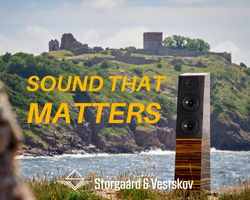

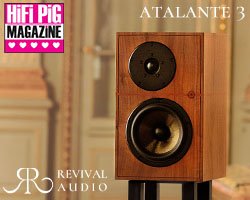











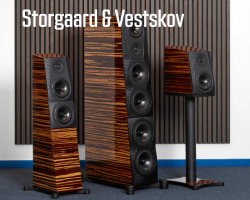


























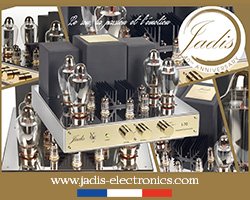















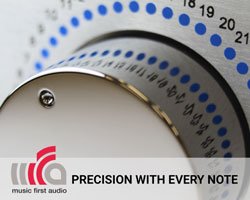
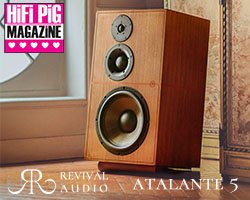




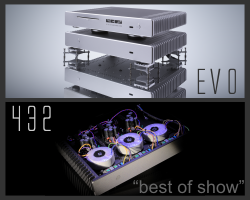


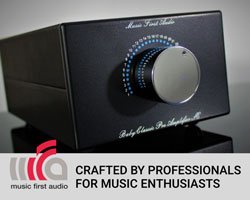



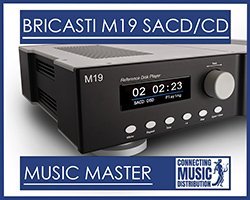






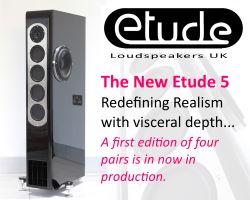













































You must be logged in to leave a reply.